Free Internet of Things Image Generator
Just imagine, and we'll instantly return a variety of personalized Internet of Things images—designed to bring your creativity to life!
- 4:3
- 3:4
- 1:1

image.state.default
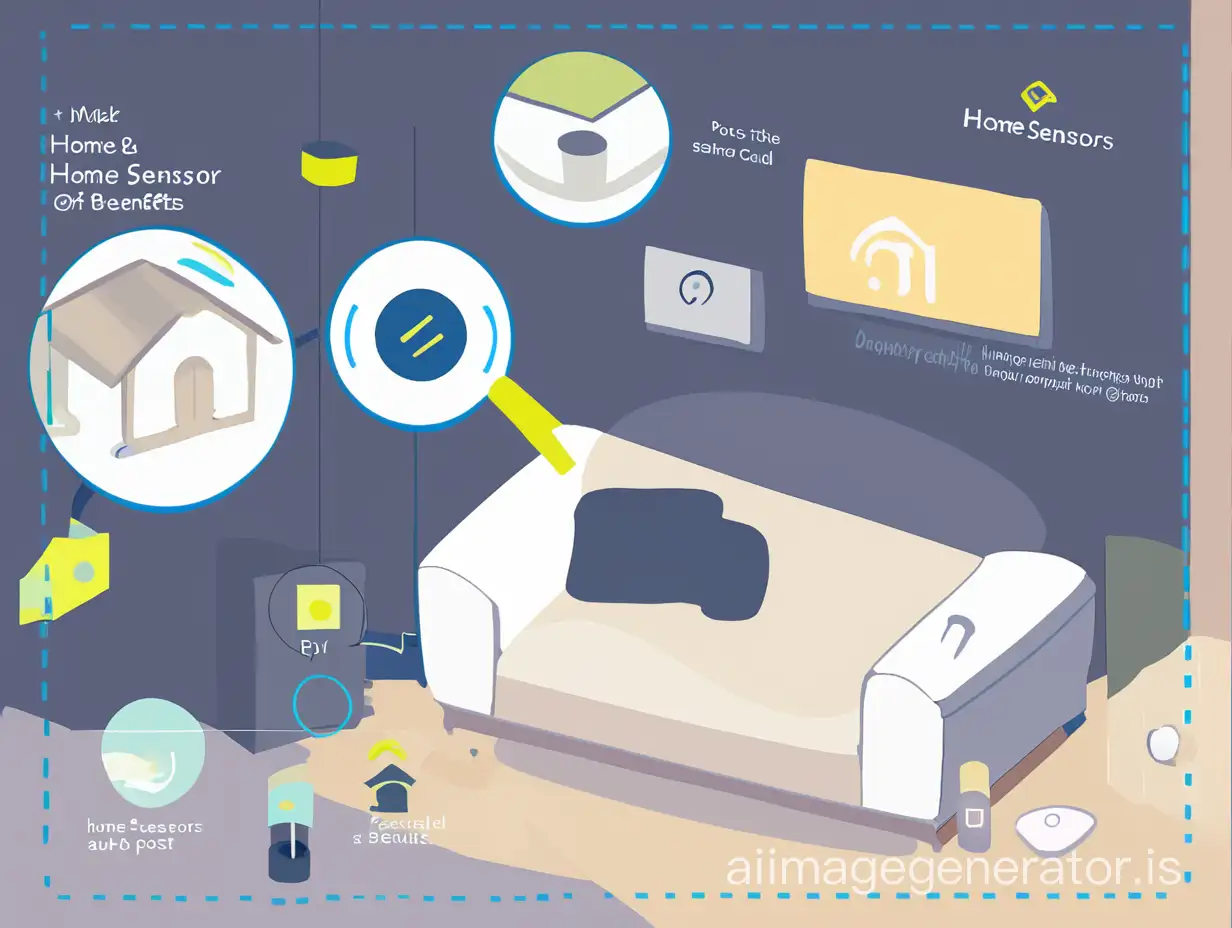
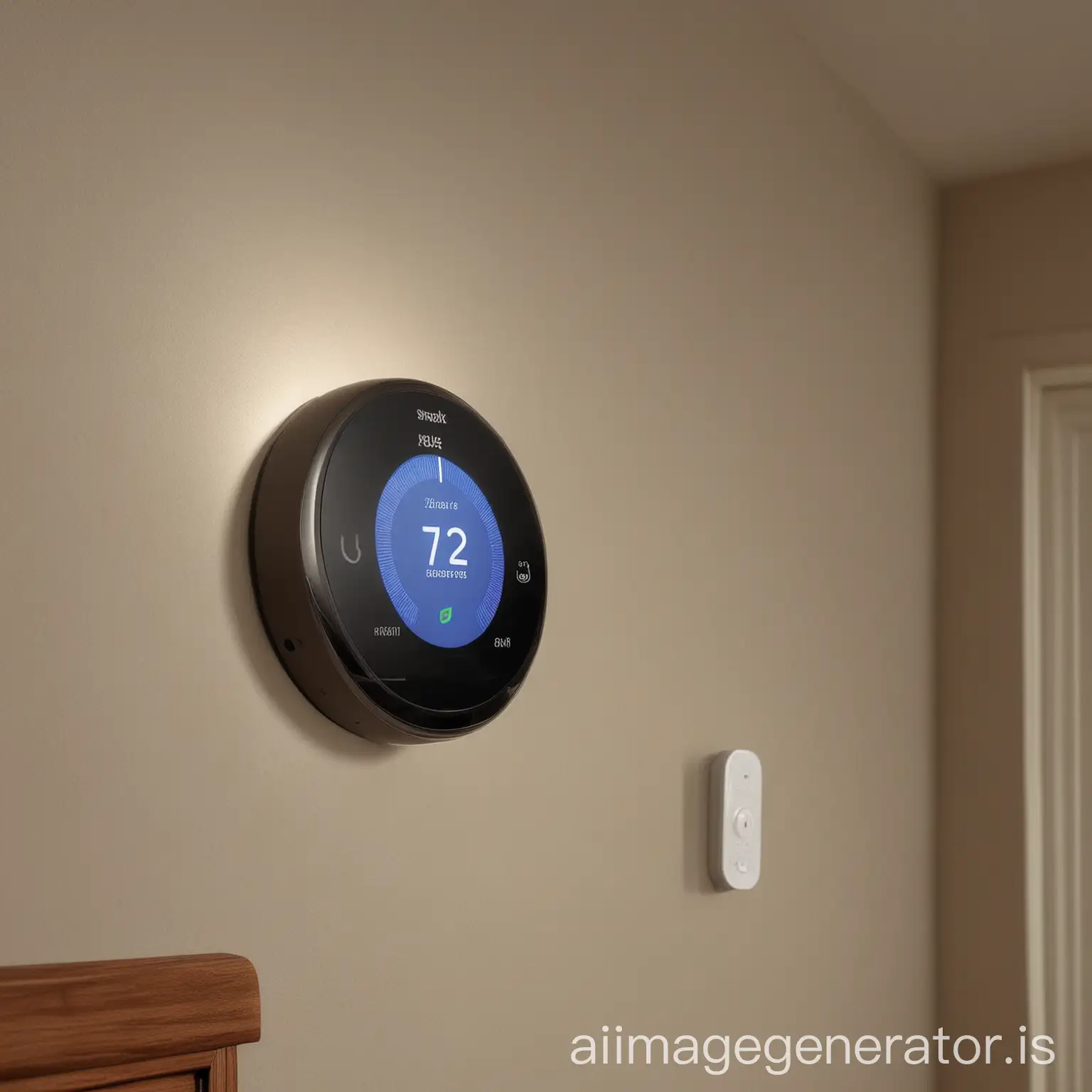
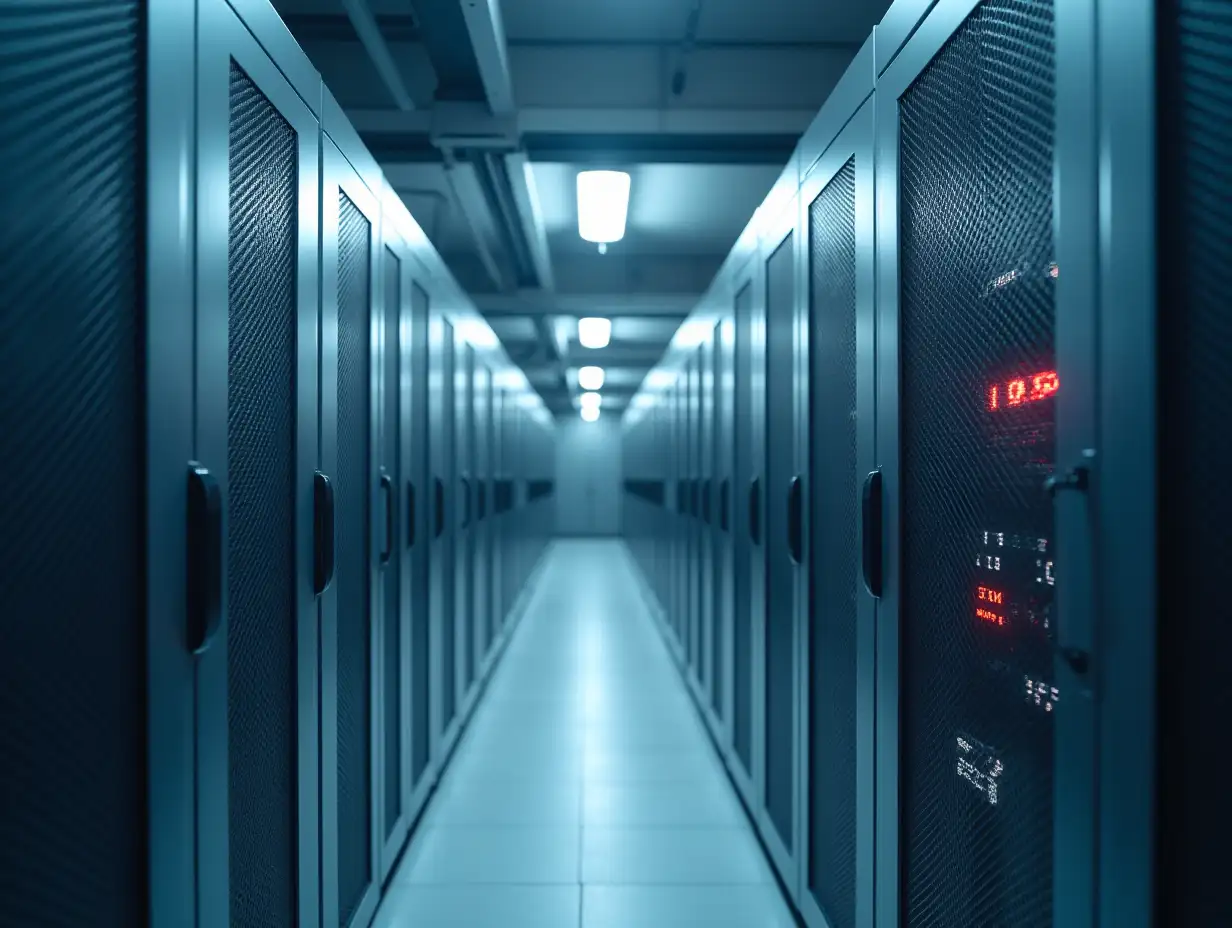
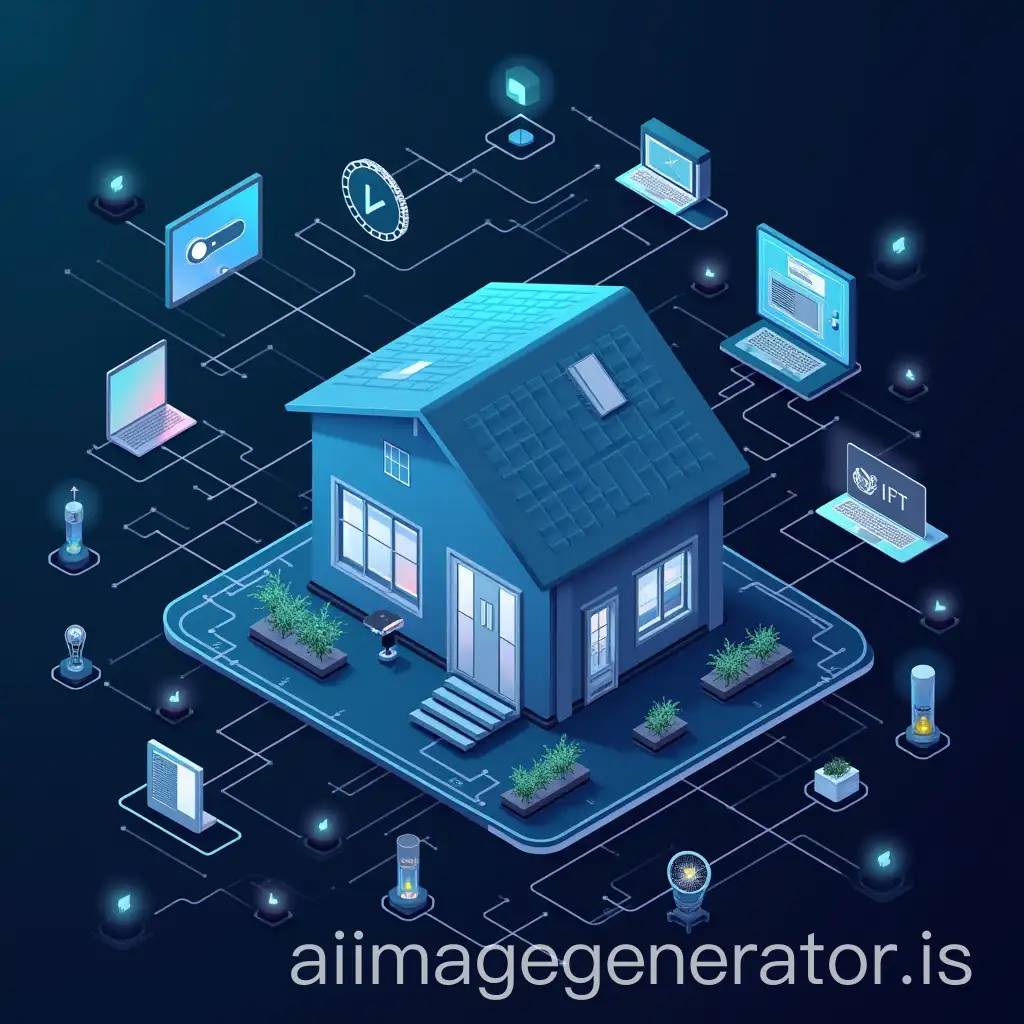
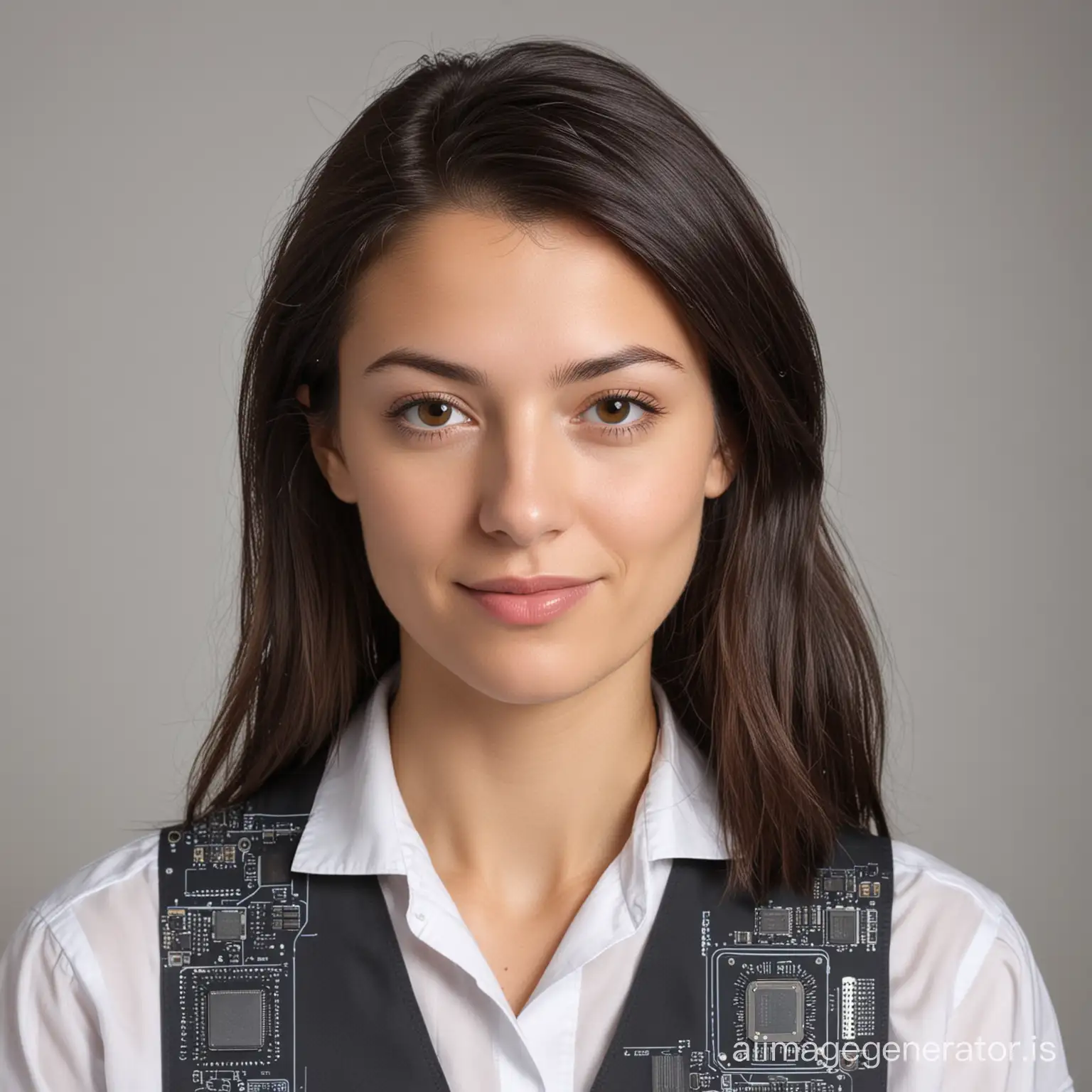

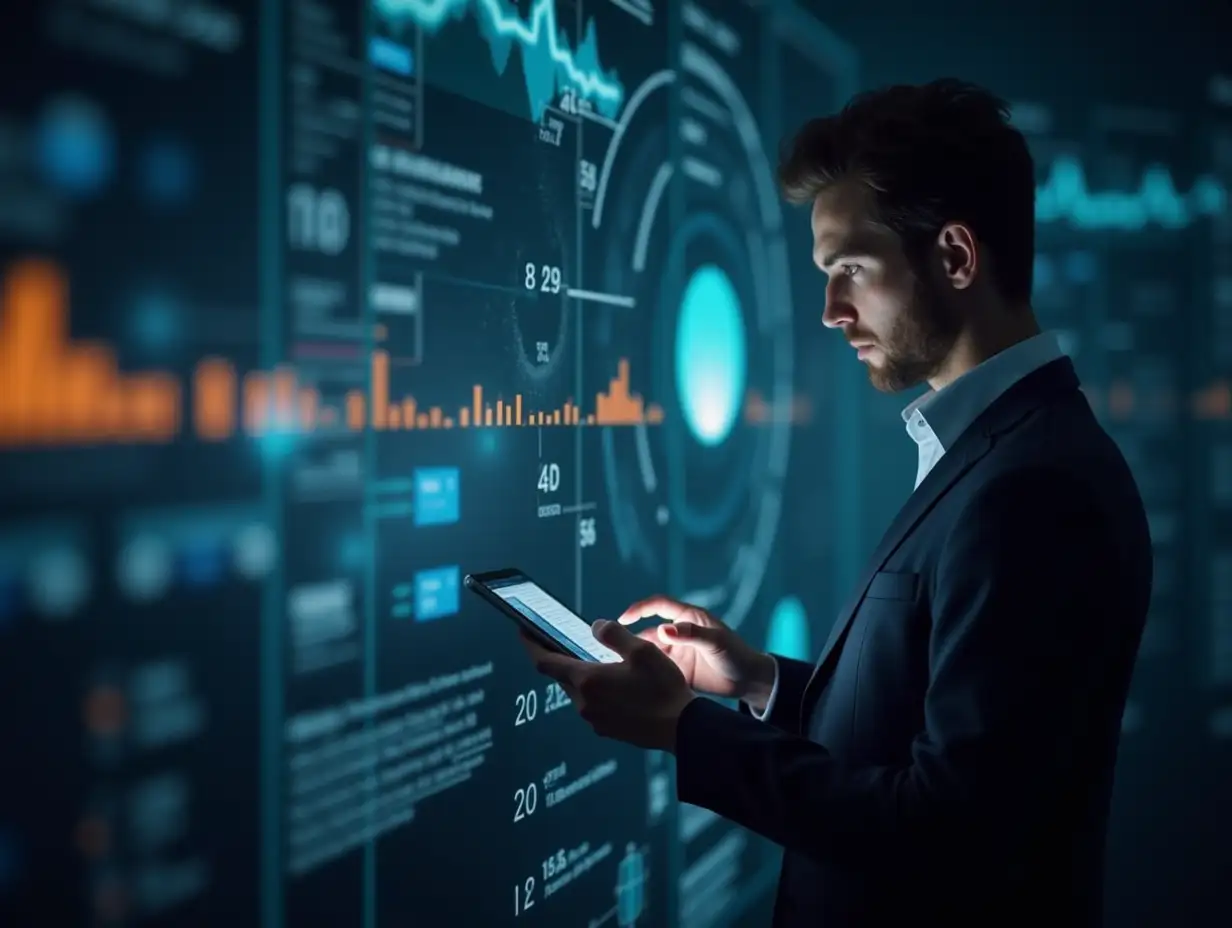
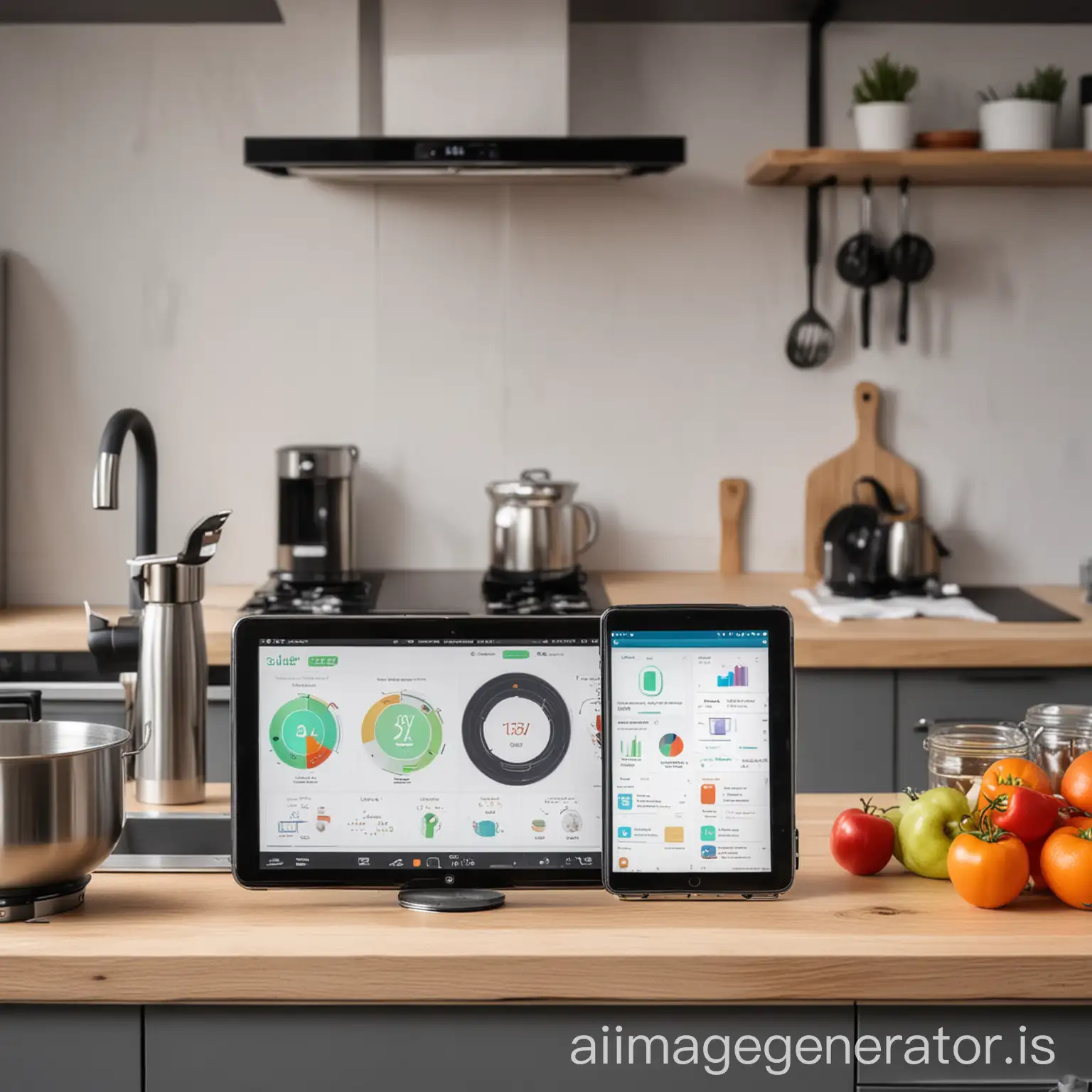
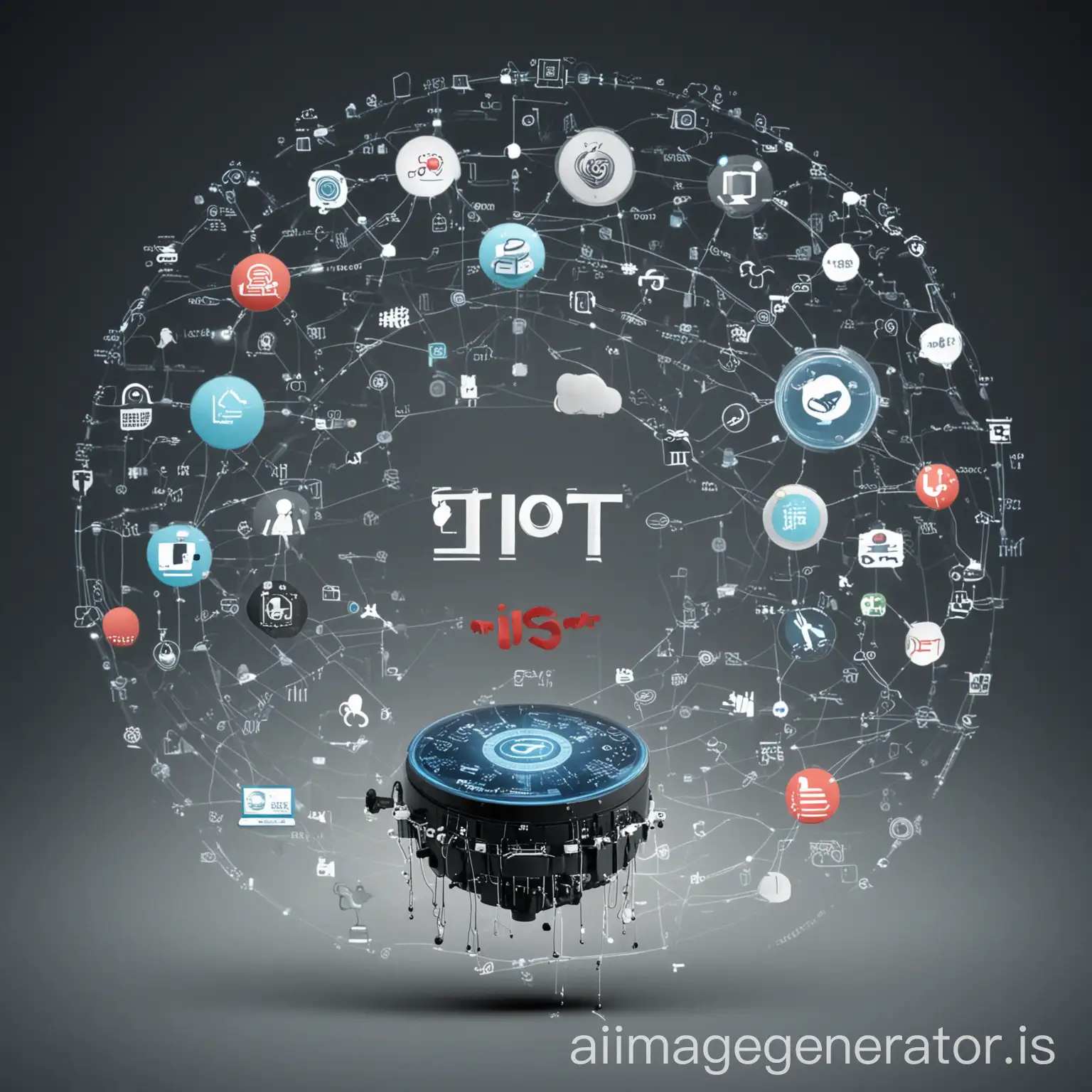
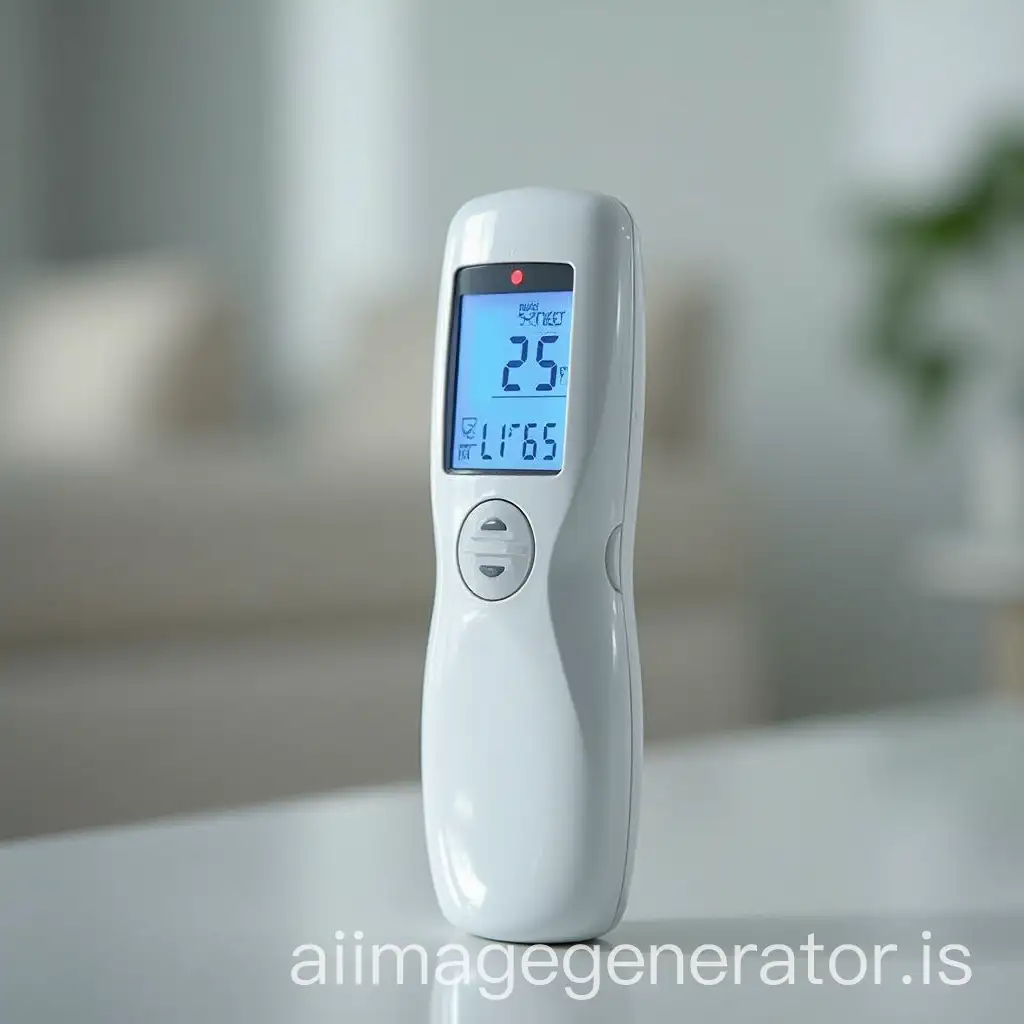
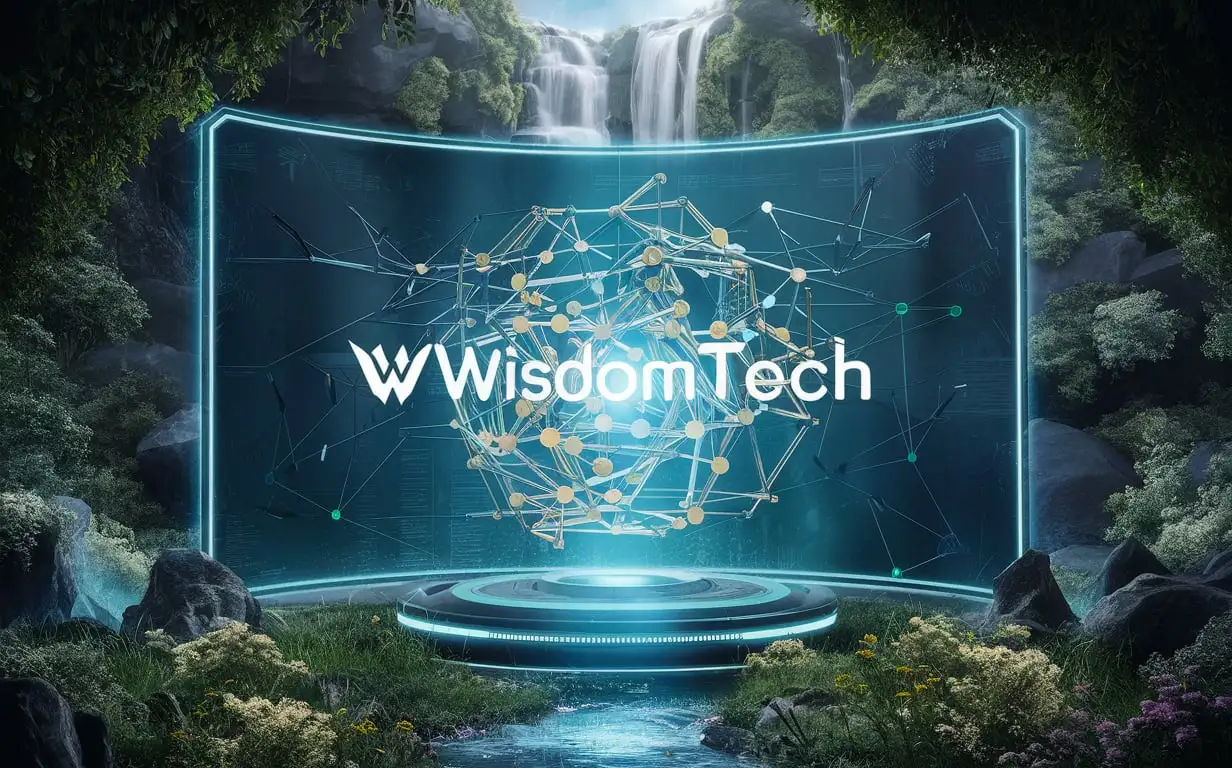
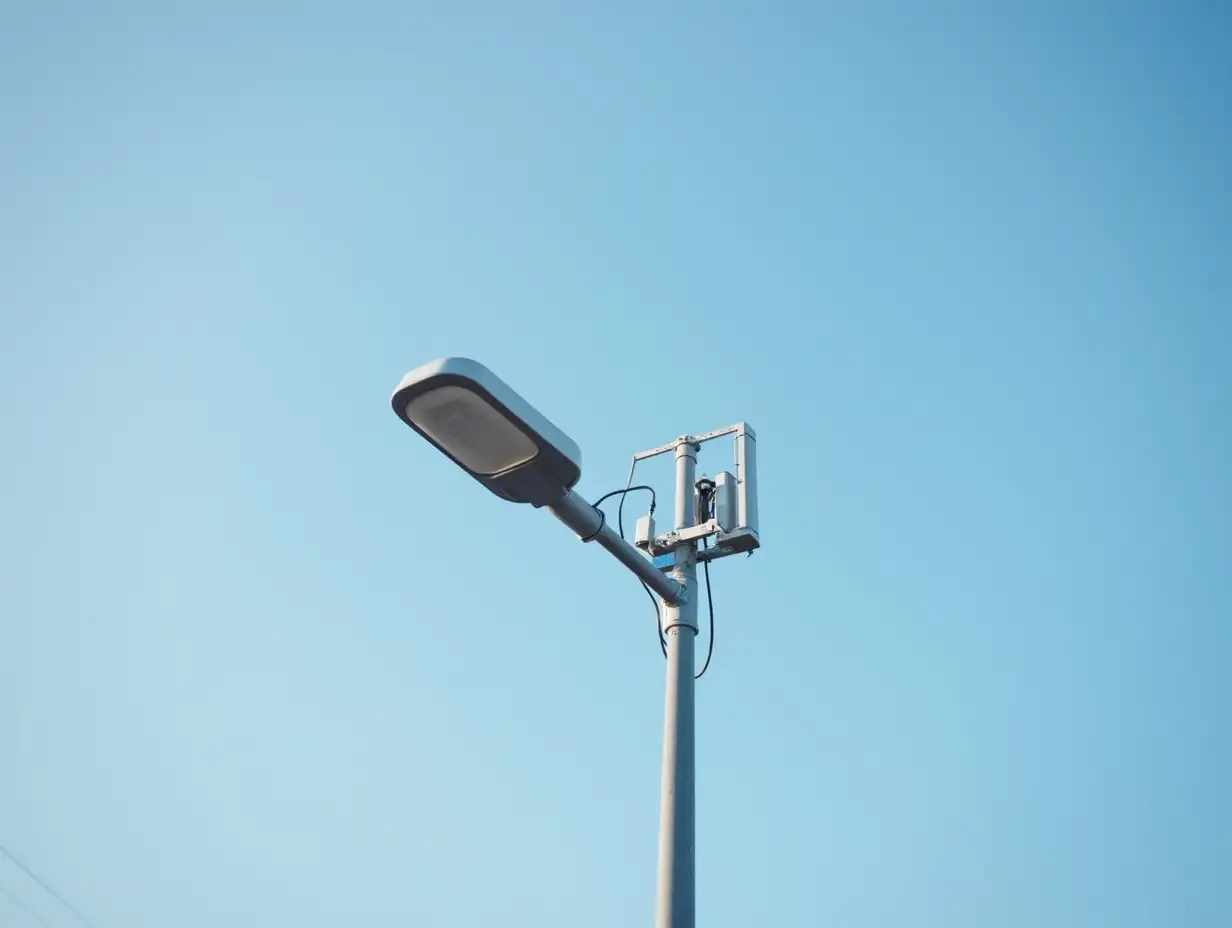
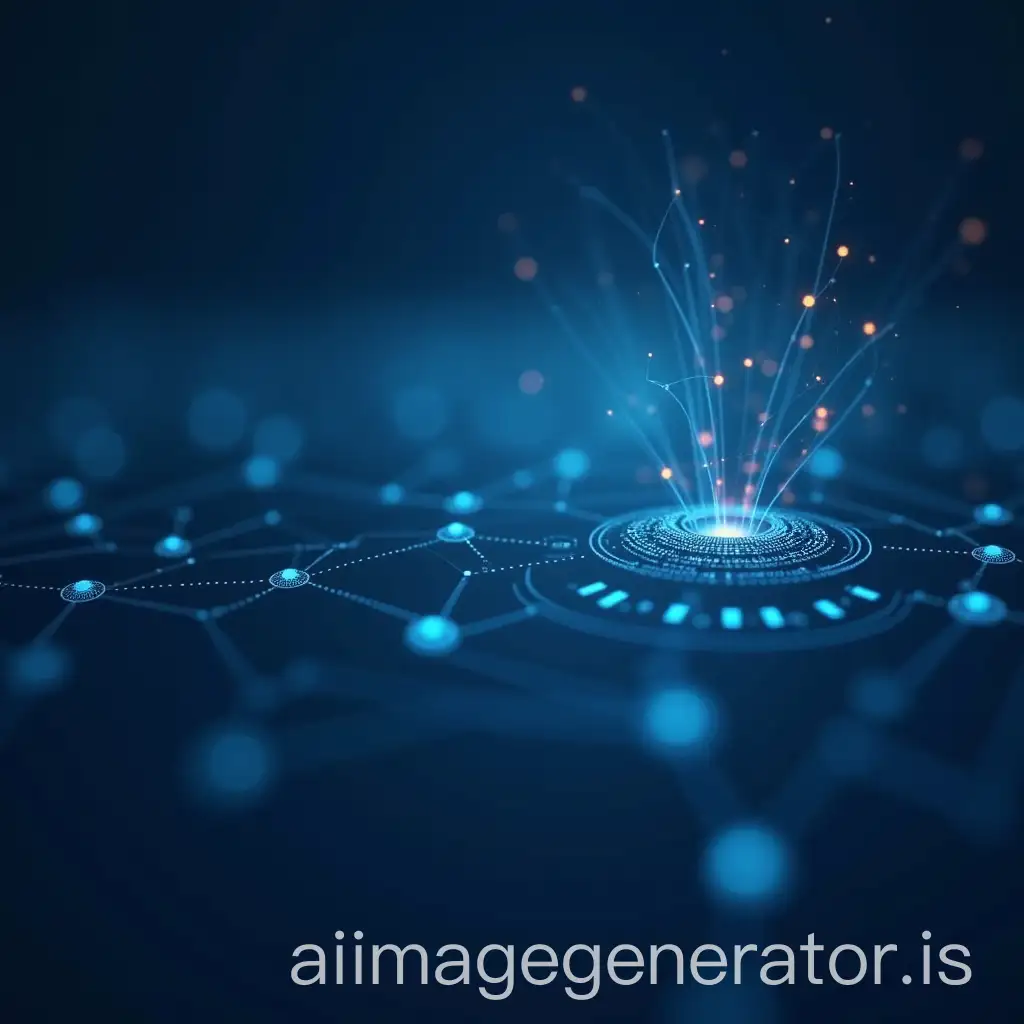
Related Tags
The Internet of Things (IoT) refers to the network of physical objects—'things'—embedded with sensors, software, and other technologies to connect and exchange data with other devices and systems over the internet. The concept has its roots in the early 1980s when the idea of adding sensors and intelligence to basic objects was discussed. However, it wasn’t until the advent of RFID technology in the early 2000s that IoT began to take off. Today, IoT encompasses a wide range of applications, from smart home devices to industrial automation.
Understanding the Internet of Things: Definition and Background
IoT devices are characterized by their ability to connect to the internet, gather data, and communicate with other devices. This connectivity enables automation, remote control, and real-time monitoring. Key applications of IoT include smart homes, where devices like thermostats, lights, and security systems are controlled remotely; wearable health monitors that track vital signs; industrial IoT, which enhances manufacturing processes through predictive maintenance and operational efficiency; and smart cities, which utilize IoT for traffic management, energy conservation, and public safety.
Key Characteristics and Applications of IoT
The Internet of Things has significantly impacted modern culture by changing how we interact with technology in our daily lives. IoT has led to the development of smart homes and cities, making everyday tasks more convenient and efficient. It has also revolutionized industries by optimizing operations and enhancing productivity. In healthcare, IoT devices have improved patient care through continuous monitoring and data collection. Moreover, the integration of IoT in consumer electronics has fostered a culture of connectivity, where individuals are constantly linked to their devices and data.
Impact of IoT on Modern Culture
The future of IoT is poised for rapid growth and innovation. Trends indicate a shift towards edge computing, where data processing occurs closer to the data source, reducing latency and improving real-time decision-making. The adoption of 5G technology will further enhance IoT capabilities by providing faster and more reliable connectivity. Additionally, advancements in AI and machine learning will enable smarter and more autonomous IoT systems. Security and privacy will continue to be major focuses, with efforts to develop robust frameworks to protect data and ensure user trust.
Future Development Trends in IoT